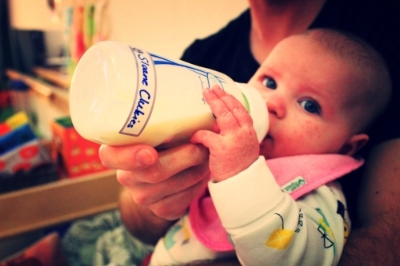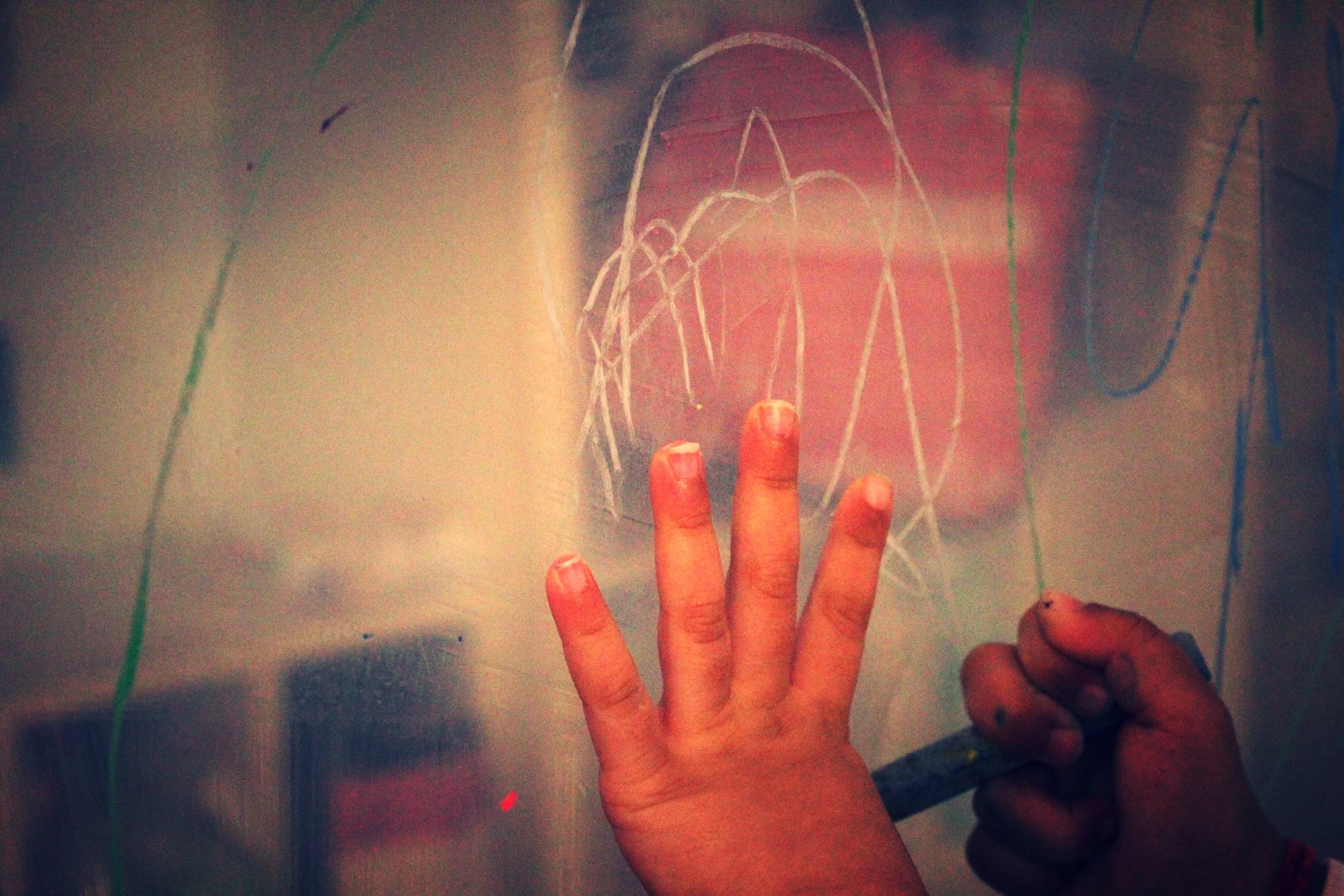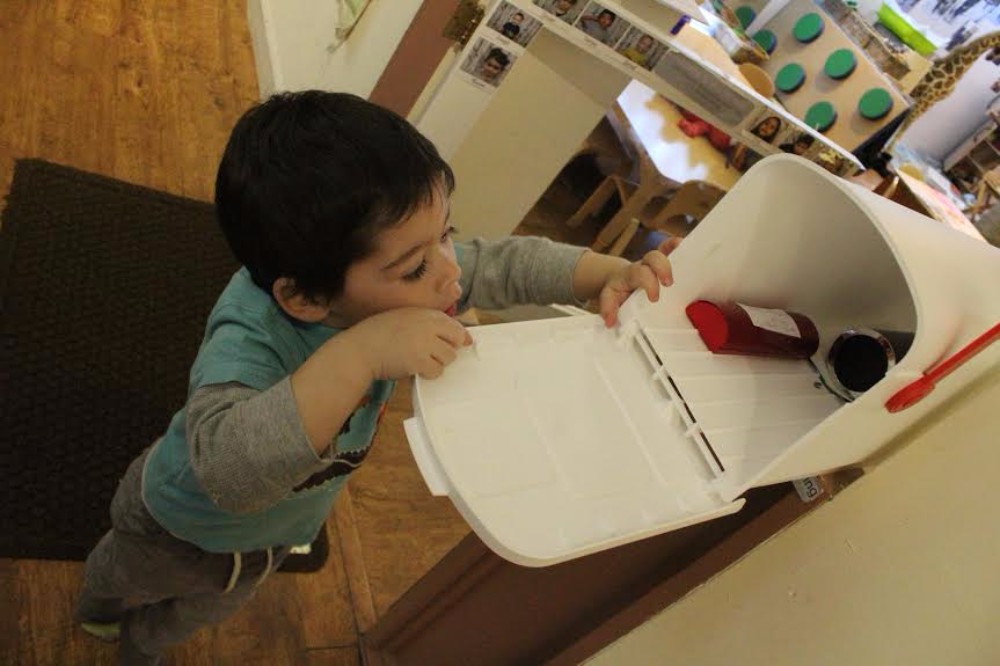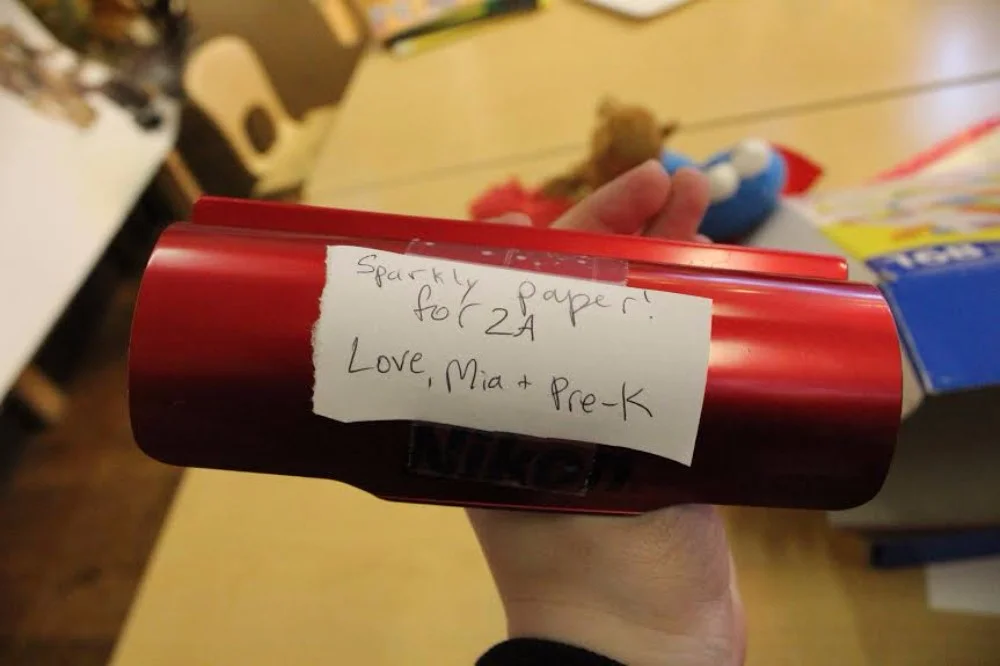A baby’s first few first months of life are an adventure! A parent is busy discovering all of the baby’s cues and signals. When are they hungry? When are they sleepy? These new insights are thrilling and filled with love and tenderness. A baby depends on her parents for all of her basic needs. Having a respectful approach to your child’s needs and building a sense of collaboration with your child will be very beneficial. Mutual respect between parents and children is a valuable concept for the happy thriving new family, especially in terms of basic needs like eating.
Caring for the little baby is a pleasurable and challenging time for first time parents (although it can be much different with second or third children, too- no one is an expert in this!). Being a parent for the first time brings new stresses, questions and concerns. You read anything and everything you can get your hands on about feeding and sleeping schedules, but each opinion is very different. When you welcome your new baby, your whole life becomes focused on the baby’s basic needs, the most important of which is feeding. The question is: How can we meet and recognize these needs in order for the baby to grow healthy, happy and develop in an appropriate way?
The most important way to fulfill this essential need is to listen to your child’s cries, sense his frustration and look for his body cues. The child will transition through many feeding approaches in his first year of life. There will be breast-feeding, bottle-feeding, solids, and finger foods. Each child is unique and it is great to create an exclusive language between the child and the parent. This language and knowledge is so important when the child enters the school environment at an early age. The parents’ understanding of their child’s feeding cues helps the teacher to meet the baby’s needs and create a happy and comfortable setting for the new infant as a student.
In these days, with busy working mommies, it is uncommon that the child will be nursing during the school time. It is the time when the bottles start to appear for the baby’s feeding time. The child who is breast-fed exclusively at home might endure difficulties taking the bottle at school. It is completely understandable, as the child gets used to the comfort and closeness of the mommy during feeding times. This change is very hard for both of them: baby and mommy. The mommy can feel torn, lost and unhappy because she feels that she is failing the child or not there to provide comfort and food in the same way as before. The baby feels confused and frustrated by the abrupt change in his routine. How can this situation can be resolved? What can be helpful during the transition from breast-feeding to bottle-feeding?
Since the feeding ritual plays an important part in the child’s life, it is valuable to introduce a bottle to the baby a few weeks before the child starts school. At the beginning you can offer your baby 1 or 2 ounces of breast milk in a bottle a few times a week. The baby might not take much at first, but the idea is to getting used to drinking from a source other than the breast. You may need to try a few different types of bottles or bottle nipples to figure out what your child prefers. There are many layers to this transition.
Despite your best efforts, your child might refuse to take a bottle, especially from the mommy, as she associates the feeding with Mommy’s body and loves this close experience. When the bottle is introduced, other family members are included in this bonding moment. The feeding time is a lovable, close, bonding time, so please enjoy it; even if this new transition seems challenging at first. Try to hold the baby in a position other than the typical nursing one – have the baby face away from the adult with his head against the adult’s chest. Walking while feeding might also help, as it distracts the baby from the breast. Look for the things that baby likes to look at and use this item while feeding. Mobiles, rotating lights, or other elements in the environment will be soothing for your baby while she eats.
Moreover, it is advisable to formulate a feeding routine/schedule for the child before introducing her to school. It is great to start practicing, so she can transition to the new routine at home and continue at school. Of course every day is a little different, but keeping a basic routine is useful and comforting for young children. Each infant has their own schedule, which is supposed to be maintained at school. The educators are more than eager to help you and your child to start the school enthusiastically and joyfully. Astrong feeling of trust and good communication between the parent and the teacher is crucial for the baby’s happiness in a new environment. If you are feeling happy and relaxed, your baby will, too.
Always look at, observe and listen to your child’s nonverbal cues. The babies, despite their young age, know what they want(and when!) and through their body movements and cries they communicate with us. Be persistent with your goals and try as many times as it needed. Do not give up! We know that it can be challenging, and are here to assist you and support you! You want everything that is best for your child who depends on you for all of their care at this age. Be prepared for the child’s school time, ask questions, tell your story, wait for advice and find a precise solution all together – child/parents/educator. Let’s make the child’s journey as happy as can be and help him transition to school life in an appropriate, content and supported way.
Written by Zofia Czeres, Infant-A Educator




















